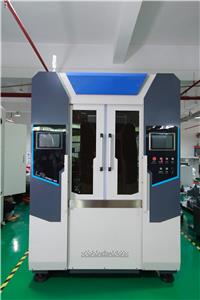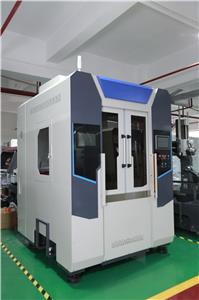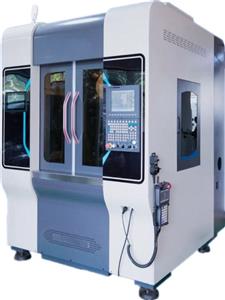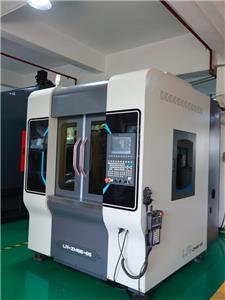- Home
- >
- News
- >
- Technical Insights
- >
- Die Casting Mold Design: A Deep Dive into the Mold Cooling System
Die Casting Mold Design: A Deep Dive into the Mold Cooling System
In die casting, the mold is the soul of the process, with most quality issues originating from its design. A superior machine and alloy cannot compensate for a poorly engineered mold. Effective Die Casting Mold Design hinges on three interconnected systems: Cooling, Venting, and Gating. This article focuses on the first and most critical of these: the Mold Cooling System.
Part I: The Mold Cooling System — The Metronome of Efficiency and Quality
Cooling time often accounts for over 60% of the die casting cycle, making the Mold Cooling System the key to both efficiency and quality. Its two primary functions are establishing Directional Solidification and enabling high-efficiency production.
1. Core Functions
--Directional Solidification: This is the system's primary quality function. The goal is to have the metal solidify progressively from areas farthest from the gate towards the gate. This allows the holding pressure to continuously "feed" molten metal into shrinking areas, which is fundamental to preventing internal defects like Shrinkage Porosity.
--High Efficiency: An efficient Mold Cooling System removes heat rapidly, reducing the time needed before ejection. This directly shortens the cycle time, increasing output and lowering the cost per part.
2. Key Design Considerations
--Cooling Channel Layout: The primary principle is that "water follows the heat." Cooling channels must be strategically placed in areas of high heat concentration, or "hot spots," such as near the gate, in thick-walled sections, and around cores. The channel's distance from the cavity surface is a critical design parameter, balancing cooling intensity with the risk of surface defects.
--Application of Spot Cooling: For isolated hot spots unreachable by standard channels, "spot cooling" techniques are used. These include using high-conductivity inserts (e.g., beryllium copper) as a "thermal bridge" to the main cooling lines, or using special fittings like bubblers and baffles. Bubblers force coolant to the tip of a blind hole to cool core pins, while baffles direct flow for targeted heat exchange.
--The Importance of Temperature Control: A well-designed system needs a "brain" to operate it—the Mold Temperature Controller (MTC). The MTC has two vital roles: Preheating the mold to its optimal process temperature (e.g., 200-300°C for aluminum) to ensure initial part quality and prevent thermal shock. It also Maintains Thermal Balance by circulating fluid to remove excess heat, keeping the mold at a stable temperature. This stability, managed by the Mold Temperature Controller, is key to consistent dimensions and a low scrap rate.
Conclusion and Preview
In summary, the Mold Cooling System is a complex part of Die Casting Mold Design, integrating strategic layout and precise control to dictate quality and efficiency. However, even a perfect cooling system can be undermined by a poor venting system, which can lead to gas porosity.
In our next installment, we will explore the second lifeline of mold design—the Venting System. Please stay tuned.




